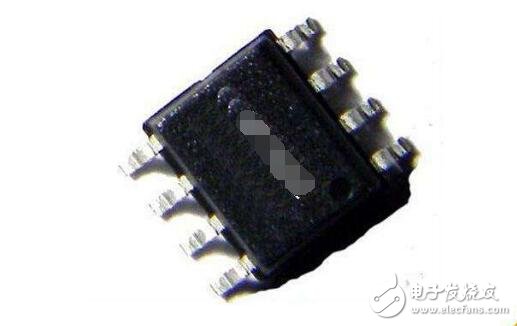Understanding the role and working principle of an AC-DC converter is essential for anyone involved in power electronics. An AC-DC converter is a crucial component that transforms alternating current (AC) into direct current (DC). This process is fundamental in powering most electronic devices, which typically require DC to operate efficiently.
AC stands for Alternating Current, meaning the current changes direction periodically. DC, or Direct Current, flows in one direction only. The conversion from AC to DC involves several stages, including rectification, filtering, and regulation, to ensure a stable and usable DC output.

The Role of the AC-DC Power Module
1. Isolation
One of the main functions of an AC-DC module is to provide electrical isolation between the input and output. This is important for both safety and performance:
- Safety Isolation: It separates high-voltage AC from low-voltage DC circuits, protecting users and sensitive components. This includes IGBT isolation, surge protection, and lightning protection, especially in medical devices where human contact is involved.
- Noise Isolation: It helps prevent interference between analog and digital circuits, as well as between strong and weak signals.
- Ground Loop Elimination: It prevents unwanted currents from flowing through ground paths, which is particularly useful in remote signal transmission and distributed power systems.
2. Protection
These modules also offer various forms of protection to ensure system reliability:
- Short Circuit Protection: Prevents damage from unexpected short circuits.
- Overvoltage and Undervoltage Protection: Safeguards against voltage fluctuations that could harm connected devices.
- Overcurrent Protection: Limits current to prevent overheating and potential failure.
3. Voltage Conversion
AC-DC converters can perform different types of voltage transformations:
- Boost and Buck Conversion: Increases or decreases the voltage level as needed.
- AC/DC and DC/AC Conversion: Allows for bidirectional power flow in some applications.
- Polarity Conversion: Enables switching between positive and negative voltages, or from single to dual power supplies.
4. Voltage Regulation
Finally, these modules regulate the output voltage to maintain stability under varying load conditions. This is critical in applications such as:
- AC mains supply
- Remote DC power supply
- Distributed power supply systems
- Battery-powered systems
In summary, AC-DC converters are not just simple power adapters—they are intelligent, reliable, and essential components in modern electronics, ensuring safe, efficient, and stable power delivery across a wide range of applications.
industrial displays,industrial monitor,industrial monitors touch screen,Industrial Lcd Monitor,industrial monitoring,large industrial monitors
Shenzhen Hengstar Technology Co., Ltd. , https://www.angeltondal.com